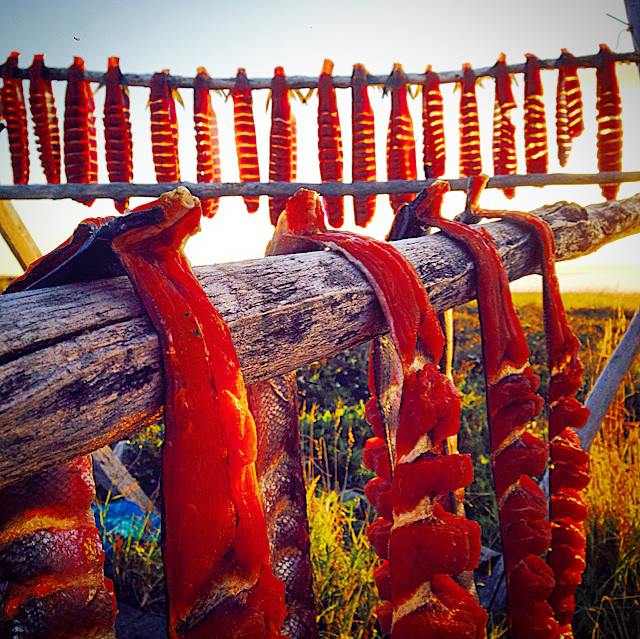This week on We are Living in the Future:
3d Printing of Food, Human/Mice hybrids reveal secrets of human intellect, and fuel produced from sunlight and CO2 by Cyanobacteria.
3D printers have made manufacturing prototypes easier, but a new way of using 3D printers has been developed – using edible stocks. The hope to develop new food shapes and textures appears to have value to gastronomists and astronauts alike – a way to make the same food different enough for varied menus and personalized foods. While artisinal and artistic usage is expected, the technology is already being used in the Netherlands on a mass production scale of microwaveable pancakes, to ensure that each pancake is… exactly the same.
Neurons. We have long thought that neurons are the source of intelligence in the brain, but new research suggests that human neurons may not be the advantage that humans have over animals – but instead, the astrocytes that were long thought to be mere helpers may instead hold the key to human intellect. Astrocytes, named because of their star-shaped projecting branches, were originally believed to be the “glue” that held the neurons together – and were called “glial cells”. But scientists injected newborn mice with human astrocytes, and compared their ability to learn to non-chimeric mice – “chimeric” meaning crossed species. To their surprise, the mice with human astrocytes learned new skills with many fewer repetitions – in many cases, after merely one trial run. Interesting side note: Einstein’s brain was examined after his death, and it was smaller than average, with fewer neurons. But the proportion of astrocytes was much, much higher.
Imagine, if instead of pulling oil from the ground and refining it into fuel, we could just grow our own fuel directly. That’s no longer a dream – a company called Joule Fuels has opened a plant in sunny New Mexico that turns sunlight and carbon dioxide into fuel, using heavily biomodified cyanobacteria. Cyanobacteria, which used to be called “blue-green algae” before it was realized that it was bacteria and not algae, only needs brackish water and some trace minerals to grow and multiply. The New Mexico plant, called Sunsprings, expects to produce both ethanol, which can be added to gasoline in most modern engines to reduce the price of the fuel, and sulfur-clean diesel, which could be used directly or mixed with oil-derived diesel. After the capital investment, Joule Fuels claims to be able to produce 15,000 gallons of diesel fuel per acre per year, at less than $50 a barrel. This technology, then, could upset the entire oil market, and provide a way forward after peak oil, while not competing with agricultural land or resources.






